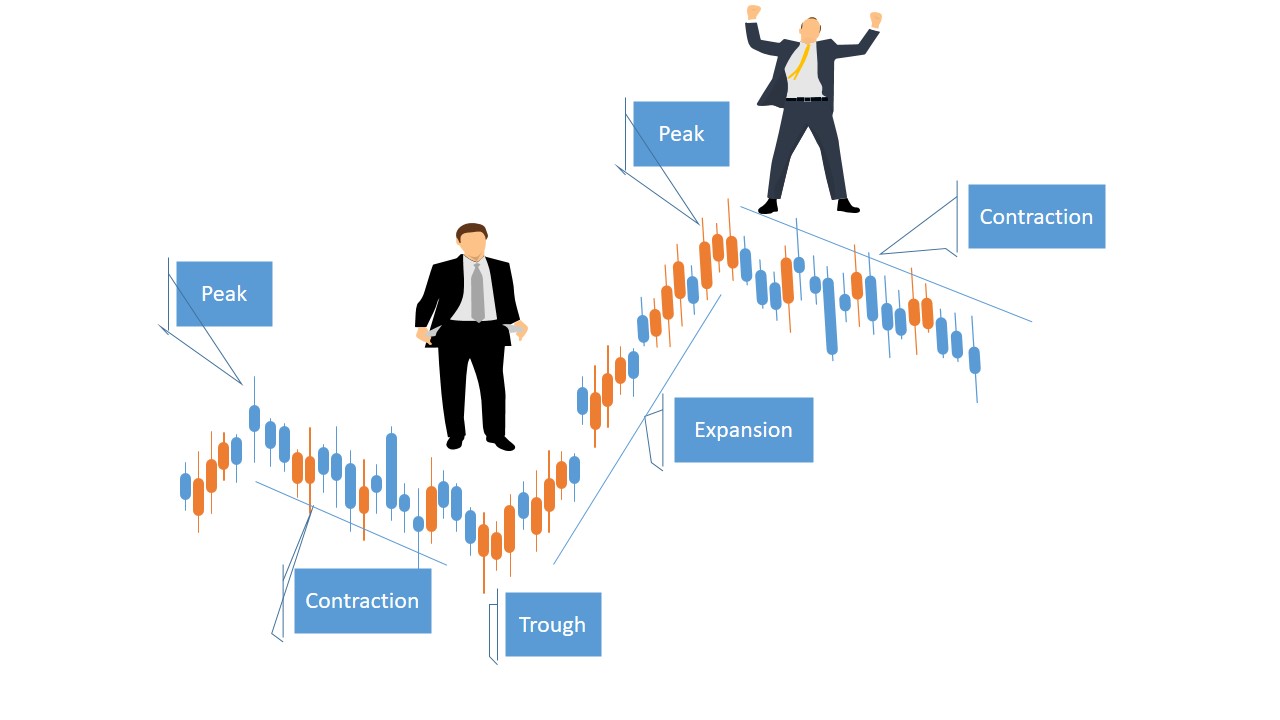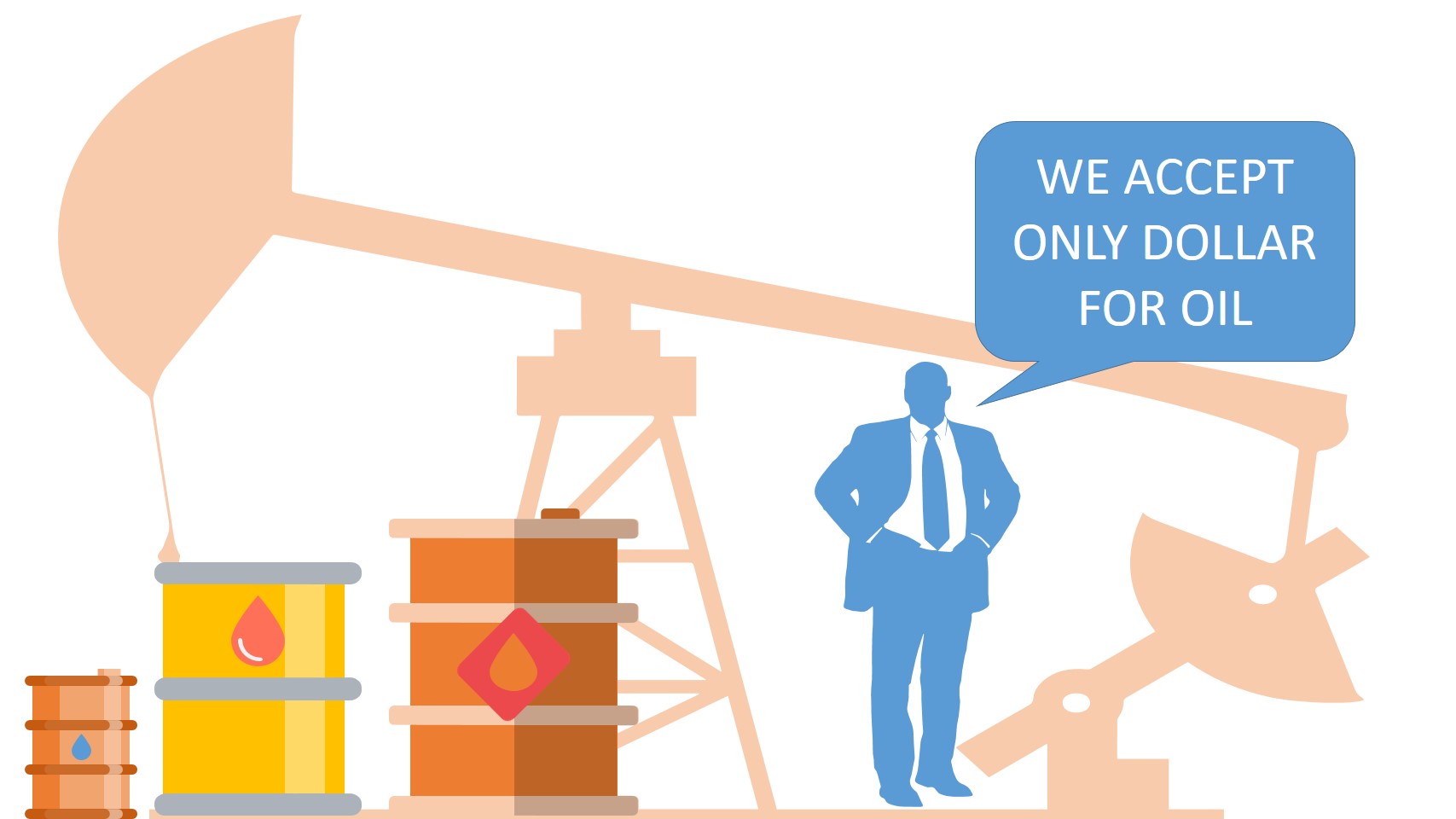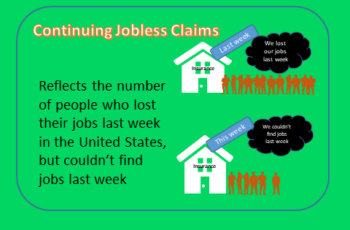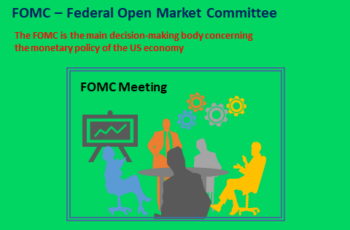The command economy is one of the many economic systems that decide what to produce, how to produce, and who gets it. It is also known as centralized economy, planned economy. Other economic systems are market economy and mixed economy.
The goal of a command economy is the fair distribution of goods and services.
A command economy tends to exist under a socialist or communist government which provides many regulations. This type of economy is possible if the government controls all the essential elements of an economy.
This article explains almost everything that you need to know about the command economy.
What Is a Command Economy?
Command means an authoritative order. Economy means the system of production, distribution, and consumption of goods and services in an area.
As its name implies, a command economy is an economic system in which a central authority makes economic decisions. This central authority decides how to use scarce resources to produce and consume goods and services. Individuals have little or limited economic power.
We can also say that a command economy is an economic system in which supply and demand forces have little impact on economic decisions. It is the authority (government) that decides what to produce, how to produce, and who should get it.
A completely centralized economy is a component of communism. Communism is a political and economic system in which the community owns all property, and each person contributes and receives according to their ability and needs.
Characteristics of a Command Economy
Some qualities make a planned economy different from the free market and mixed economy. In the following, you will read them. You may notice these characteristics in a mixed economy as well. However, the degree of appearance is higher in a command economy than in a mixed economy.
Centralized Economic Decisions
Here we mean macroeconomic decisions. Economic decisions are activities related to the production, consumption, and trade of goods and services in a country.
In a command economy, economic decisions are in the hands of politicians. They make and control economic decisions. The private sector does not exist or is limited. If a limited private sector exists, it is controlled by the government.
The opposite of the planned economy is the market economy in which the market forces make economic decisions.
Private Ownership Rights Do not Exist or Is Limited
Private ownership means the right of possession by a private individual or organization, rather than by the state or a company owned by the state.
In a pure command economy, private ownership does not exist. However, if a central authority makes the majority of economic decisions, it is still considered a command economy.
For example, in Cuba and North Korea, private ownership exists on a small scale that is not influential in macroeconomic decisions. Individuals can own small businesses such as shops and repair shops but cannot own huge factories. So, we can call them planned economies.
No Competition
Since the government owns almost everything, there is no room for competition. Individuals do not have the right to own or compete. Working for the state and provision of goods and services by the state makes the competition unnecessary.
Emphasize Social Welfare
Social welfare, or welfare, is a type of government assistance to the members of a society that need basic human needs such as health care, food, water, and shelter.
The command economy emphasizes welfare more than the free market. Social welfare is crucial for communities and people’s health, survival, and security. Less fortunate people will have more chance of changing their future with government assistance. For example, free or inexpensive health care and education enable poor people to raise their living standards.
Price Control
The government in a planned economy imposes restrictions on price hikes of goods and services to remain affordable. It is considered essential to create a fair market that is accessible to all.
The price control leads to lower prices for consumers but it may lower supply and create a black market.
Advantages of a Command Economy
Most people indeed hate a command economy. However, it has some advantages.
Macroeconomic Decisions Are Made Quickly
In a centralized economy, authorities can make decisions quickly and start action, unlike the market economy where many processes should take place. Where there is an emergency, or innovation is not necessary, a planned economy does better than a free market. For example, China (even though it is not a complete command economy) managed the COVID issue much better than the USA because decisions were made quicker.
Inequality is Low
Even though complete equality does not exist in a command market, inequality is low. Regular workers have less to worry about and get things at no cost or pay little. In fact, it is the most important point of proponents. They argue instead of the profitability of private corporations, the government ensures the fair distribution of goods and services.
Recession and Market Failure Don’t Exist
Market failure refers to an imbalance of supply and demand. Since the government controls almost everything, there is not too much room for imbalance.
Related article: What Is an Economic Recession? Everything You Need to Know
Related article: Sector Rotation: A Complete Guide For Beginners
Unemployment Rate Is Low
Due to centralized decisions employment does not fluctuate often and the unemployment rate is low.
Disadvantages of a Command Economy
The disadvantages of a command market is a lot. That is why except for North Korea and Cuba every nation has not chosen or has it in limited sectors.
Low Productivity, Innovation, and Motivation
In a centralized economy there is little or no competition. Because of that: (1) they do not innovate to do things in a new way and do not become productive, and (2) because they are not necessarily beneficiaries they are not motivated.
The Vacuum of Information
The vacuum of information refers to a lack of information about a particular issue. Top officials in the government receive information that has been transferred from person to person several times. It can be distorted because everyone receives and interprets information differently.
As a result, the information vacuums can be breeding grounds for misinformation and disinformation and even may exacerbate incorrect data.
This information vacuum can be detrimental to the economy. Instead of solving problems, it may make it difficult for authorities to make the right decision at the right.
Inefficient Resource Allocation
Resource allocation refers to the process of assigning and managing the available materials and expertise within a country or organization to specific projects. Resource allocation is critical for maximizing productivity and delivering high-quality products and services to residents. Moreover, efficient resource allocation ensures the production of the right products at the right time, and people who need it most get it. However, a planned economy is less flexible, and government interference in directing resources causes in inefficient resources.
Lack of Consumer Choices and Low Satisfaction
The tastes and needs of residents vary and the government can not consider everyone’s choice. So, the central authority decides to provide limited options to residents. This issue leads to low satisfaction by residents.
Bureaucracy
In simple terms, bureaucracy is a system of government in which state officials make the most important decisions, not elected representatives. It has a complex hierarchical structure that has complex rules and formal procedures.
Bureaucracy aims to bring order, efficiency, and responsibility to the decision-making process. However, it has excessive red lines, the decision-making process is slow, and there are rigid rules.
Due to rigid and complex rules and slow processes, the bureaucracy creates corruption and delays implementation.
Although macroeconomic decisions are made faster than in a market economy, in everyday jobs bureaucracy fails in implementation.
How Does a Command Economy Work?
In a centralized economy, the center is the government that makes economic decisions. It prioritizes the allocation of resources to more important industries.
The government has a monopoly or a huge presence in industries considered essential to the goals of the economy, such as finance, utilities, healthcare, and education. It supplies goods and services to meet the basic needs of everyone in the country.
The government establishes several multi-year plans and goals. A shorter-term plan is clearer, and the goals may convert into actionable objectives. While the longer term, for example, a 20-year plan, depends on shorter achieved goals and is more amendable.
After creating plans and setting goals, the government allocates resources according to priorities. The success depends on how the government uses the nation’s resources (capital, labor, and natural resources).
Command Economy Examples
Here are some examples of planned economies from now and the past.
North Korea
North Korea is the closest example of a true command economy.
The government of North Korea controls every aspect of the nation’s economy, including wages and prices. The government controls all means of production and sets priorities for economic development.
However, in recent years, North Korea has begun to experiment with a more market economy slowly. The government has loosened restrictions on private enterprise, but still, technically it is a command economy.
Cuba
Cuba is a socialist country with a mixed-planned economy. The government owns most enterprises and employs about 80% of the labor force.
From the early 1960s to 2018 Cuba was a pure socialist planned economy. However, in 2018, with a constitutional reformation, the state permitted foreign direct investment and some private property rights.






